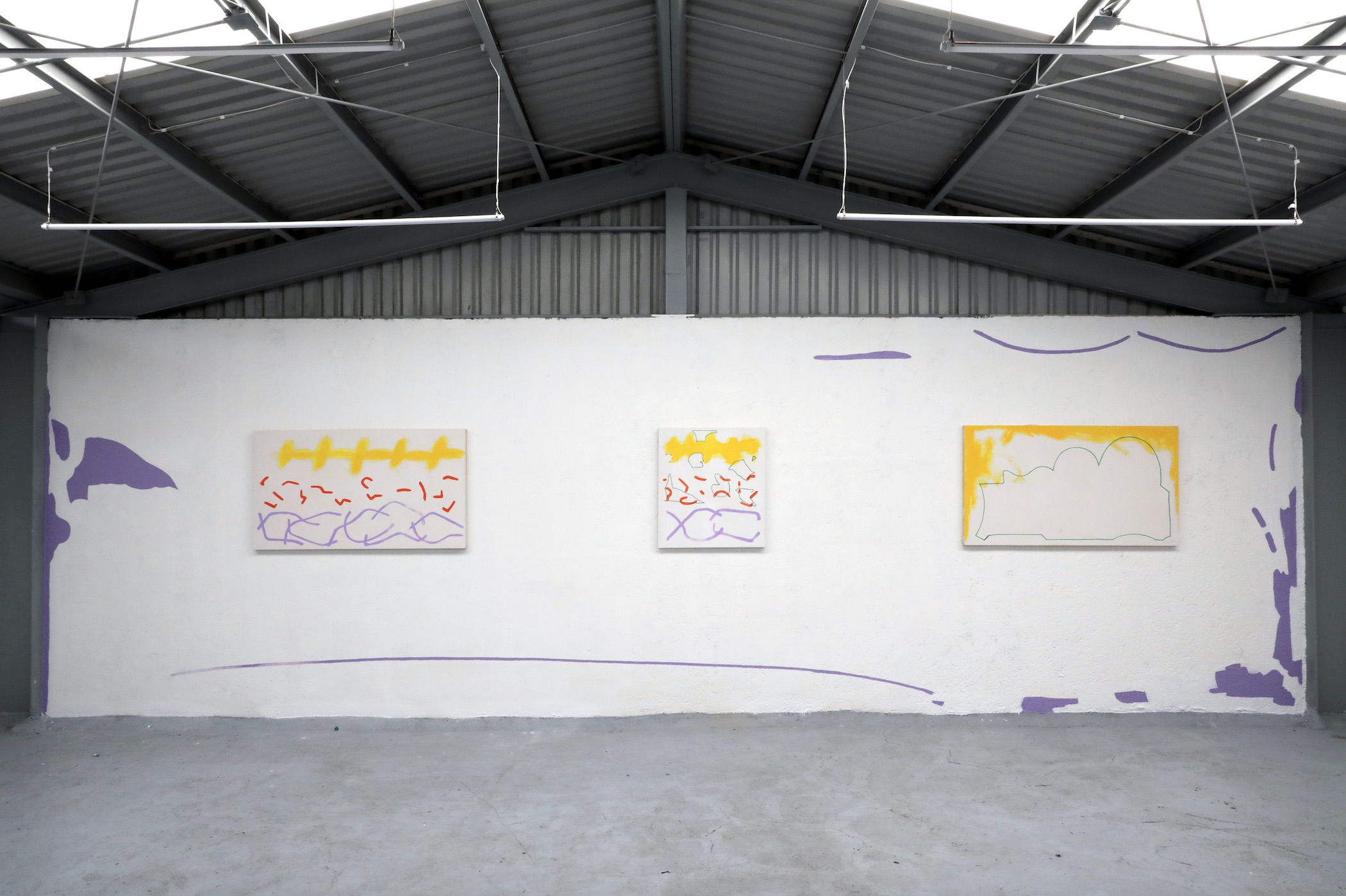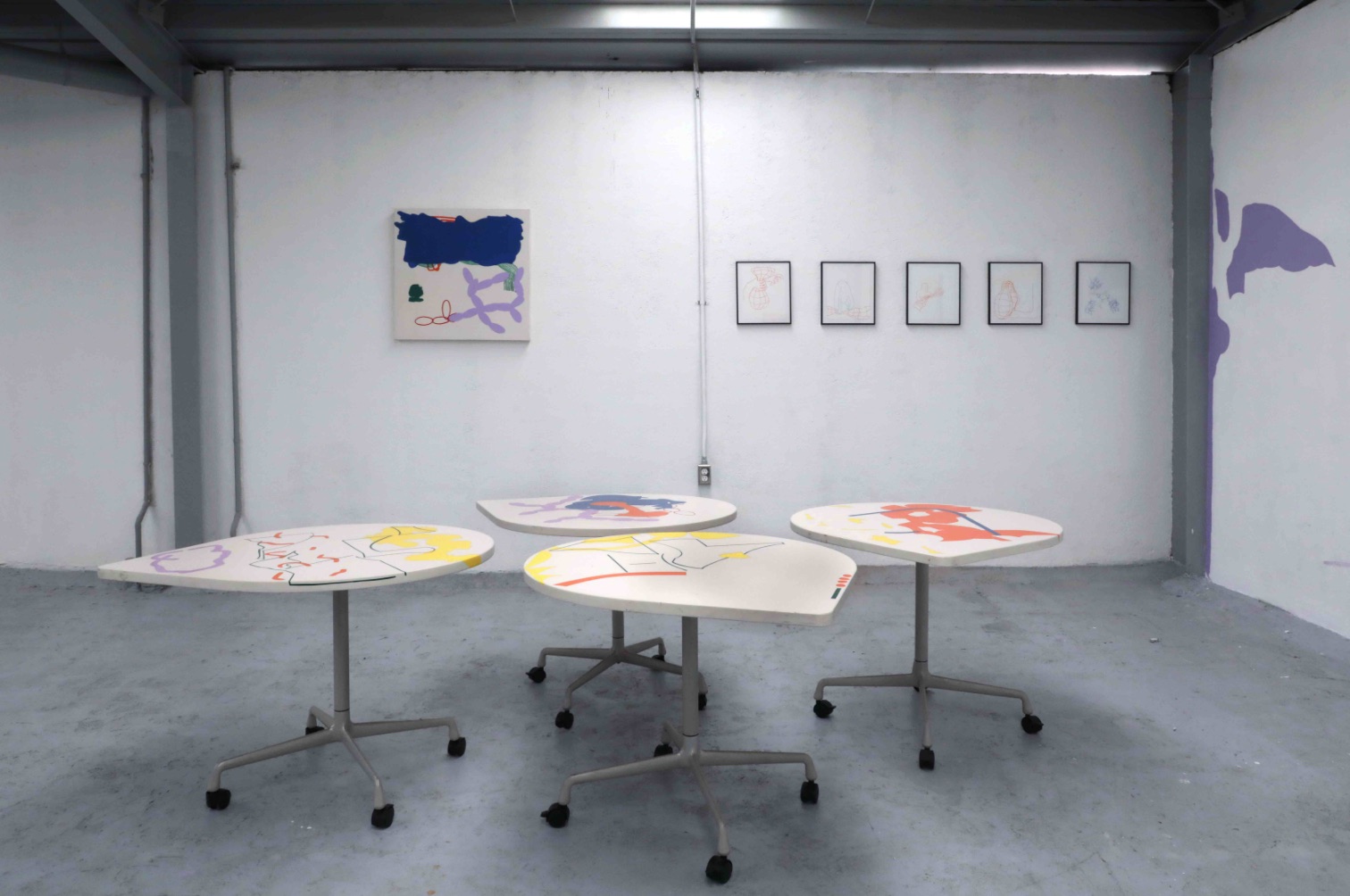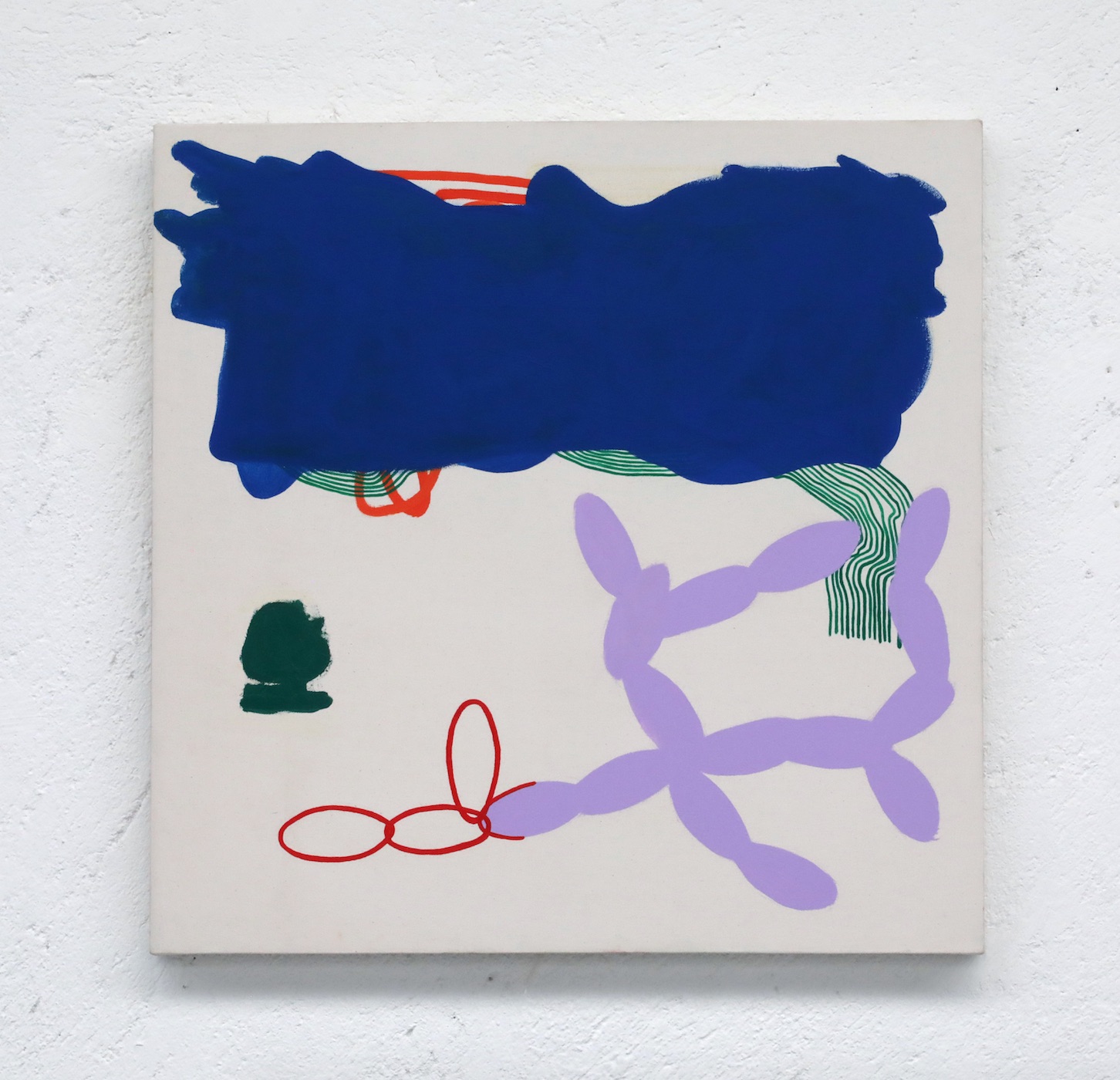
Essay
Subtle and Remote Plans. About Drawing and Diego Gamaliel
by Carlos Iván Ramírez
Reading time
3 min
Drawing is the heart and bowels of painting, as I say that Drieu la Rochelle said that Dirk Raspe said that van Gogh said… Or: it’s what van Gogh said, only he didn’t say it, but rather one can see in his drawings that that’s what he said, that drawing is the heart and bowels of painting, and Pierre Drieu la Rochelle made his character Dirk Raspe (also) say it, in a book called The Memoirs of Dirk Raspe (Dirk Raspe, so there are no misunderstandings, is van Gogh), and now I say it: drawing is the heart and bowels of painting. And, curiously, a few pages later (six) it’s said (Who says? All of them: Dirk Raspe, I, van Gogh, Drieu la Rochelle): “sloth is a wonderful thing, even when linked to foolishness, cowardice, the absence of inner pleasure, bitterness (etc., etc.). One has to be crazy, to heed prodigiously remote and subtle plans in order to salute laziness, whatever it may be.” Sloth is part of a remote plan, and drawings are part of it. Sloth is Diego Gamaliel’s plan; no, that’s not right: Diego Gamaliel is sloth’s plan, and sloth makes him draw, in order to carry it out. It’s a subtle plan, it’s a remote plan, and it creates forms that don’t seem to be of this world, though they have something to do with it, a bit like dreams, which don’t seem to be of this world (albeit in a different, emotionally and logically different, way), and yet they do have something to do with it (this world). But perhaps it’s not that; perhaps, rather, it’s like when one is trying to understand another language and one says (to oneself, in one’s own language) that such a word (in the incomprehensible language) resembles another (in the comprehensible language), although the meaning may be very different, not at all related, before which our brain (stunned—logically, and as expected, since it’s something we’re already acquainted with—even more than usual) begins to make arbitrary associations, and this, if we tie together a couple of loose ends, is how any language is created, that is, by making arbitrary associations, which means that trying to understand a new language represents (to our invariably stunned brain) creating a third language, halfway between the one we know and the one we don’t understand, constructed with arbitrary associations (which our brain manages to obtain from its deepest recesses: the nickname of the neighbor’s dog, a soda brand, someone’s name on Twitter…). Although, of course, later that language is discarded, relegated to oblivion, like most of our brain’s creations. Well, something like that happens here; we see Diego Gamaliel’s drawings and think that there’s something in them that reminds us of other forms (of that famous reality) but, at the same time, the memory isn’t sufficiently precise, and we stay in a kind of middle path, since what’s happening is that we’re facing a new language, a language in which by means of drawing, the heart and bowels of painting, we’re told of (we intuit, darkly) the subtle and remote plans of sloth.



Diego Gamaliel's exhibition Caballo Sin Jinete (Toribio Medina 124, Algarín, Cuauhtémoc, 06880) will be open until October 8, 2020. Schedule an appoitment here.
Carlos Iván Ramírez runs the Rinoceronte library.
Translated to English by Byron Davies
Published on October 2 2020